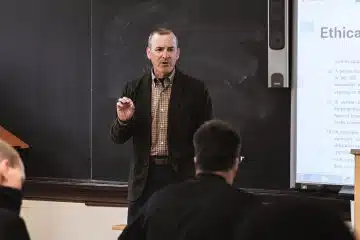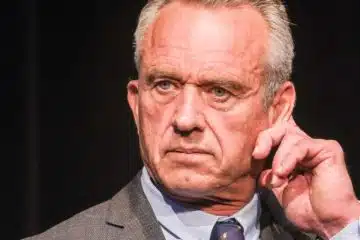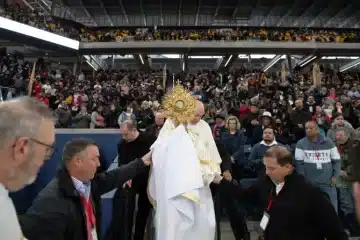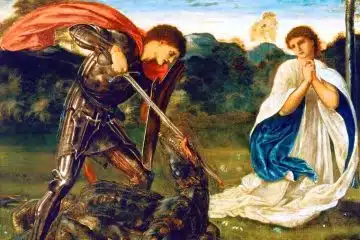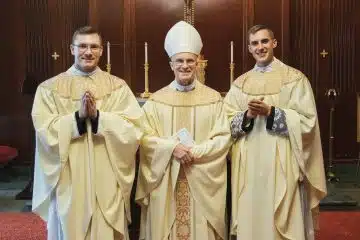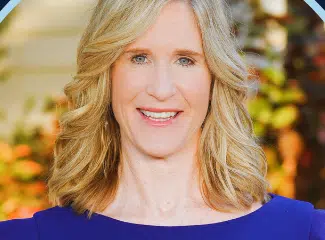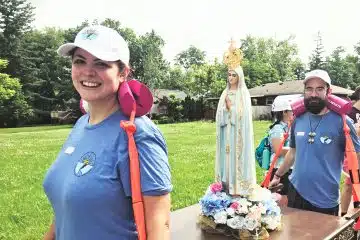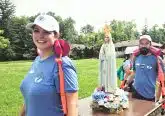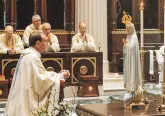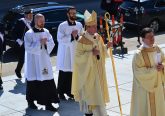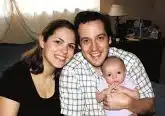The Catholic Moment: A dangerous group of people
Thursday, May 27, 2010
By Michael Daley
Last week my son, Brendan, celebrated his first Communion. As the date approached you could see both the excitement and nervousness on his face. One day his sister surprised him and said, “You even get some pretty nice gifts.”
I don’t know what he expected, but he received some checks from the grandparents, a nice picture frame and a cross for his dresser. From one of my friends, though, he was hoping for something even better — soldiers. Not the cheap, green, plastic kind, mind you, but the painted, metal ones. Instead he got a nice, “generic” book of saints.
Looking through it with him later, his disappointment turned to interest, however, as I introduced him to some “battle-ready saints” — Ignatius of Loyola, Miguel Pro, Thomas Beckett, George the Dragonslayer, Joan of Arc and Isaac Jogues. A “dangerous” group of people, indeed.
If there’s ever been a parental saying that’s sure to have my kids rolling their eyes or shaking their head, it has to be “You’re judged by the company you keep.” Usually I say it not as a compliment, but when I’m worried about where they’re going or who they’re hanging out with. Yet, when it comes to what keeps me Catholic (and why I want my kids to remain Catholic), I can think of no better phrase to put into practice.
In this celebrity-obsessed age, however, our thoughts often turn to sports heroes, movie and television figures and musicians. In so many cases role models one day become rogue figures the next. This is why many people are cynical about their so-called role models. No one lives up to the ideal. Why bother following someone when you’re going to be let down in the end?
The church, however, has a tried-and-true group — the saints. These include persons throughout the ages whose constant goal was authenticity, wholeness, integrity and holiness. Their model was Jesus. I’m reminded of the oft-quoted line by G.K. Chesterton: “It’s not that Christianity was tried and found wanting. It’s that it’s never been tried.” To this the saints reply, “We did it. It worked.”
At the same time, it is reassuring (and maybe even a little surprising) to see that the church doesn’t hide the faults and flaws of these role models of faith. St. Peter denied Jesus. St. Augustine was a sex-crazed young man. Dorothy Day, someone on the way to sainthood, had an abortion when she was younger. Saints were first and foremost human. Yet at some point in their lives, they were consumed with the desire to follow Christ more fully.
You don’t have to be like them, though. As the great spiritual writer and Catholic monk Thomas Merton once said, “For me to be a saint means to be myself. Therefore the problem of sanctity and salvation is in fact the problem of finding out who I am and discovering my true self.”
As both a teacher and a parent, I know that information and books are important, but words only go so far. If I truly want to impart a lasting message, I always introduce my students and children to a person — someone whose life is worthy of imitation; someone who puts their words into action.
I’m glad my friend introduced Brendan to this new crowd of people. Let’s see what kind of trouble he can get into with them.
Daley is a religion teacher at St. Xavier High School and a freelance writer.


